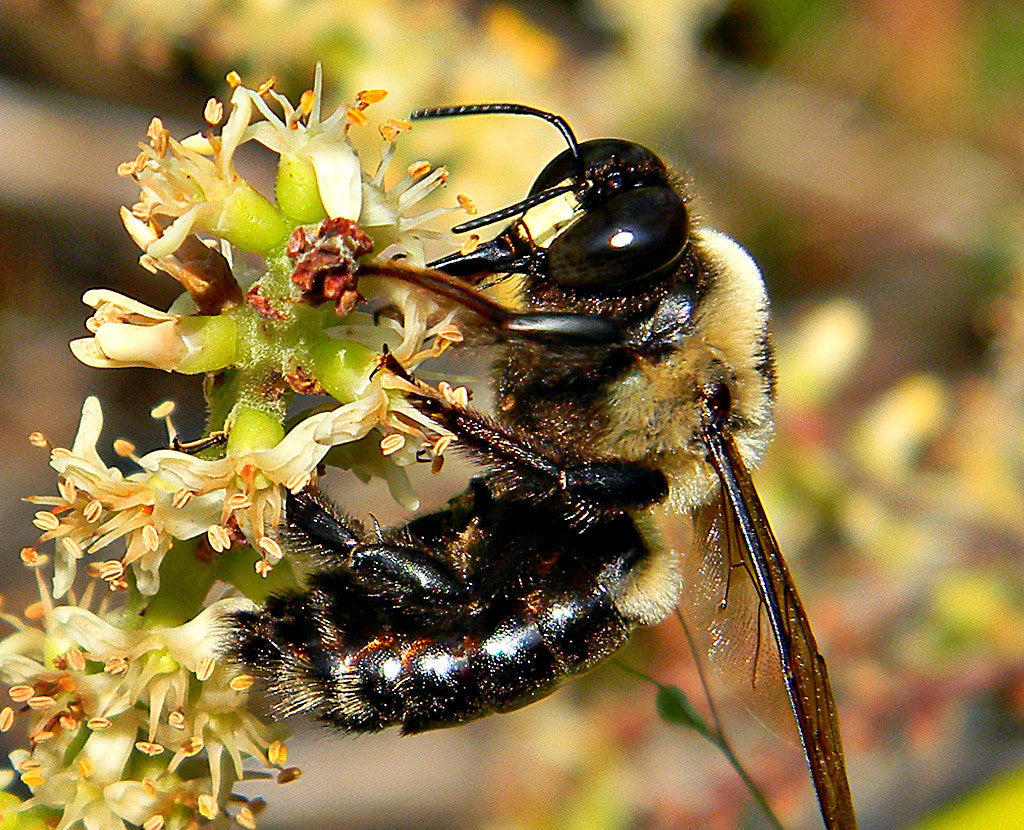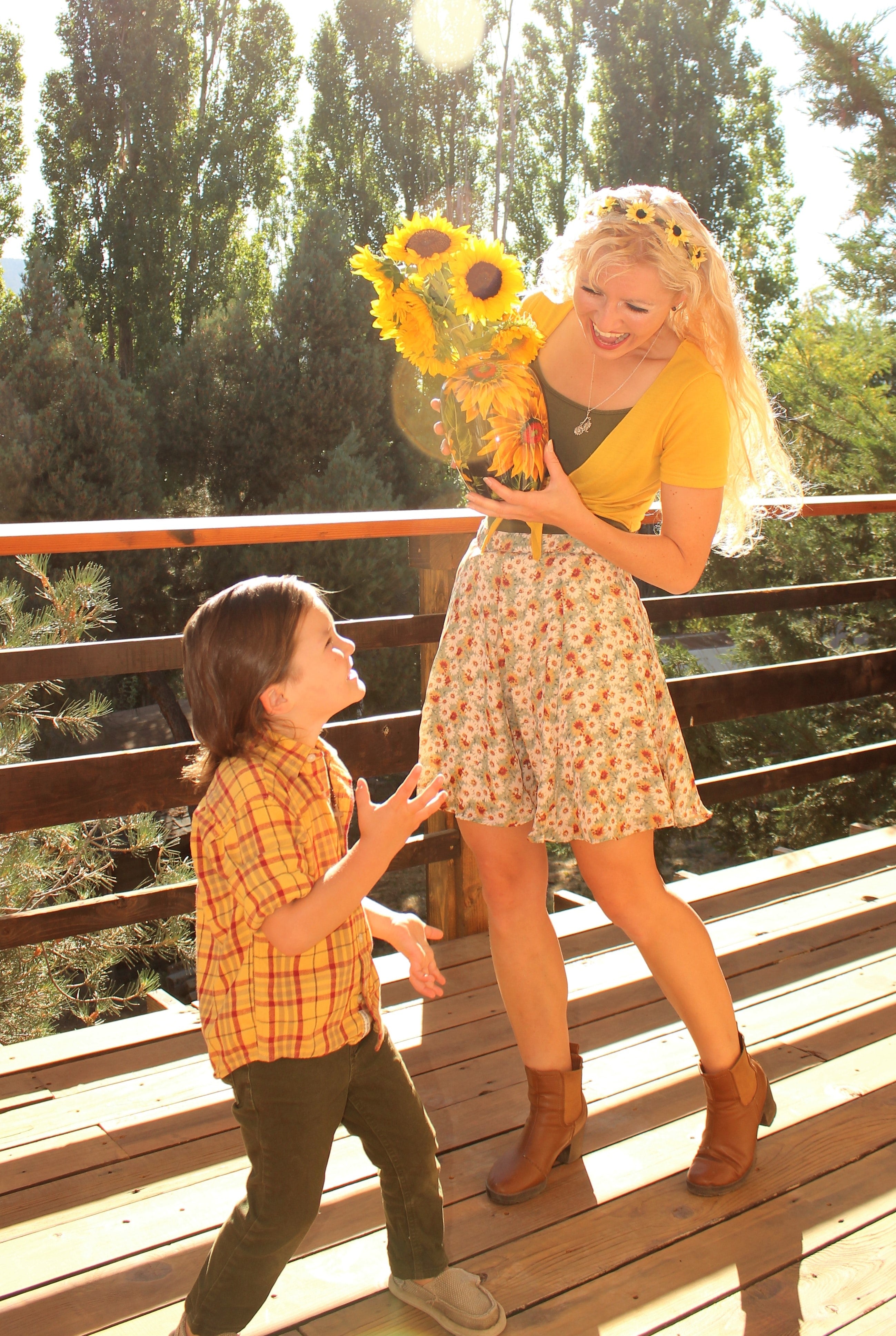
The majority of the bee population in the United States falls into the “solitary bee” category. This includes mason bees, mining bees, carpenter bees, digger bees and several others. Many, but not all solitary bees are harmless. Some can be efficient pollinators, and others can be a real problem.
Carpenter Bee Argument
Some solitary bees, such as the carpenter bee, can become a real nuisance to have in your backyard. They drill holes into porches, decks, or anywhere on your property that may have dead wood. Many people will argue that carpenter bees are not the pollinator others in the solitary bee family are known for. In addition, pollinating bees do not pollinate every type of crop or plant…they have a very specific preference to certain types of plants and crops. If you have a carpenter bee problem, there are carpenter bee traps.
Bees for Pollination
Most solitary bees are less likely to swarm or sting than wasps, and become most active when crops and plants begin to bloom. If you have the plants they like to pollinate, they get to work and pay little attention to anything else. More aggressive bees like wasps and hornets spend much energy protecting their nests, and their queen. Although adult solitary bees die after pollination, their brood can remain dormant until the next season blooms. For those who have well-behaved bees, these are all great characteristics. However, not all solitary bees are going to behave exactly the same.
Solitary Bee Nests
Different than bee colonies, solitary bee nests are sometimes found in groups called aggregations. In a single home, several female solitary bees separate themselves from the others by building and sealing walls around themselves. This explains the meaning behind their given name, “solitary bee.” If you have bees that work well for your situation, a single bee lodge or bee house could support many females.










Leave a comment
All comments are moderated before being published.
This site is protected by hCaptcha and the hCaptcha Privacy Policy and Terms of Service apply.